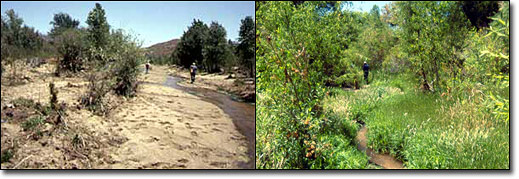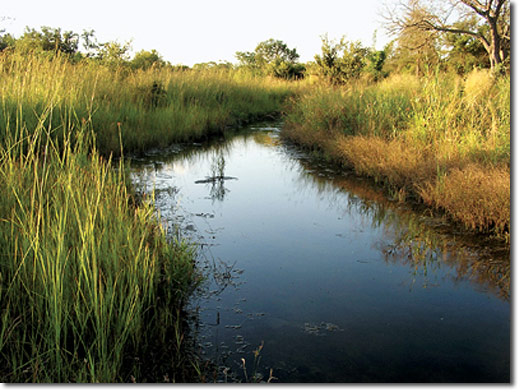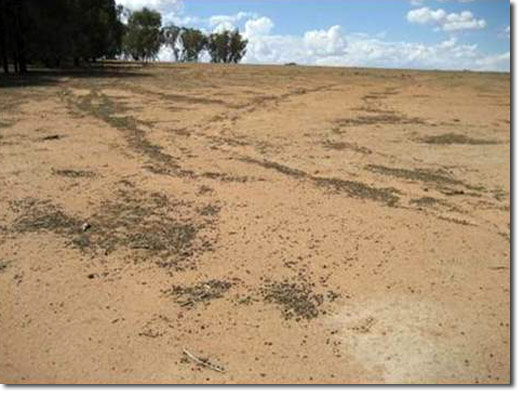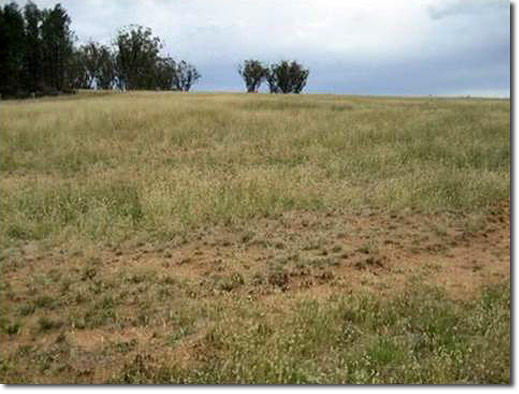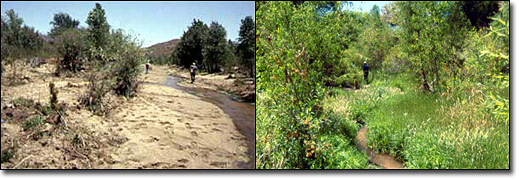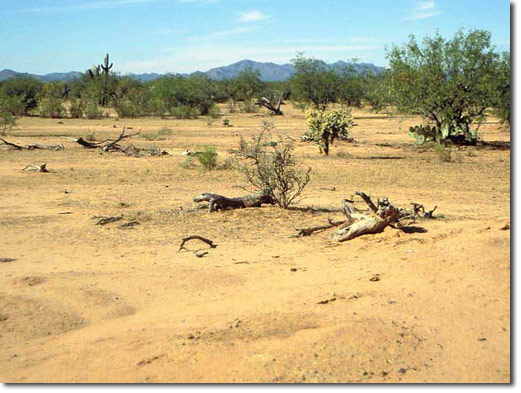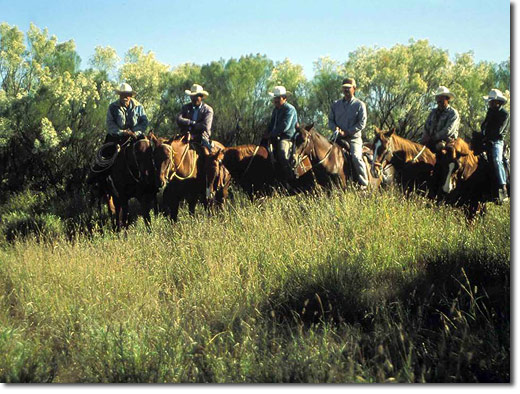Cows and Plows: Transformation Solutions
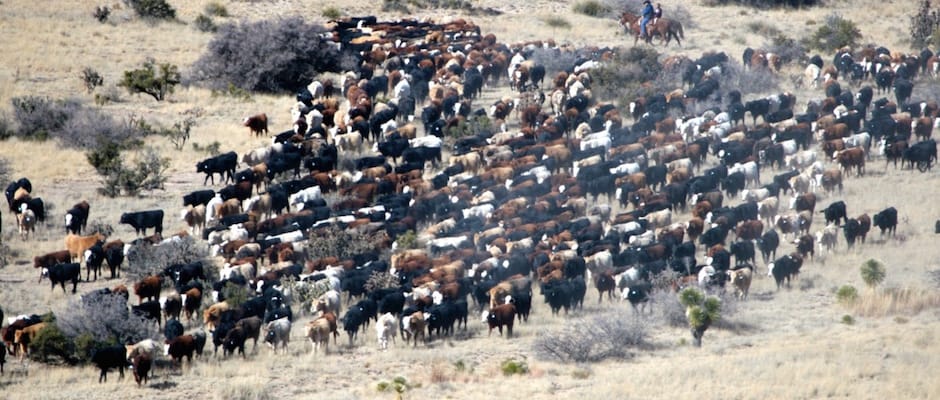
Commercial Farm Projects, Courses/Workshops, Land, Livestock, Rehabilitation, Soil Conservation, Water Harvesting —
by Owen Hablutzel May 3, 2013
Though too often vilified, both ‘cows’ and ‘plows’ have proven to be among our most effective and available tools for restoring healthy ecological and eco-agricultural systems in our landscapes. Bucking the trend in conservation that has denounced these tools from early on was Aldo Leopold – perhaps best known for his influential Land Ethic from 1948. In his earlier, groundbreaking book about working with ecosystems and wildlife, Game Management (1933), his preface made the visionary but provocative claim that “Game can be restored by the creative use of the same tools which have heretofore destroyed it — ax, plow, cow, fire, and gun.”
In this declaration Leopold accedes that each of these tools can be and in fact have often been quite destructive to overall land health (for example, the ill-considered encouragement and use of the mouldboard plow to decimate 25 million acres of semi-arid grasslands leading up to America’s ‘dust bowl’). This potential for disastrous outcomes is of course a worrying aspect of these tools and is not to be ignored. The point is that land degradation is not the only possible result of their use and is far from necessary.
Even so, many groups (particularly when it comes to livestock) focus on the negative results of poor management of these tools as if they were just the automatic endpoint of using them. Leopold though enlarged his thinking beyond poor use of these tools to embrace the healing and regenerative effects that remain a great potential outcome of using them well. He must have agreed with the age-old journeyman’s dictum, that “a good workman never blames his tools.” Leopold understands that intelligent and informed use of cows, plows, and other tools can in fact be among our most powerful allies for reversing destruction and degradation of our critical environmental systems. In essence, Leopold is boldly declaring that ‘the problem is the solution.’
Whether an applied tool is a problem or solution is about human choices, goals, understanding, and skill when applying the tool, and not about the tool itself. Leopold recognized this human element as the critical component. He intuited that humans are an embedded element of agro-ecological systems, and are not somehow ‘outside’ the system. As such, when we duly recognize our own role in generating outcomes on the land we can become far more effective in choosing and using appropriate tools, in appropriate ways. Human ingenuity, experience, and improving understanding of our systems (and our role within them) opens up an entire constellation of approaches and improved outcomes from using the various tools available to us. We can choose to reflectively use these tools with impacts that are powerful, beneficial and transformative. Accomplishing this may be our most critical task in our 21st centuryAnthropocene age.
Cows
When it comes to the tool category of ‘cows’ (which is shorthand for all managed grazing and browsing livestock) no creative application has so much demonstrated on-the-ground solutions as Allan Savory’s Holistic Management.® Within this framework the tool of grazing itself has been expanded by increased understanding of a fuller range of functions performed by grazing animals, to include newly recognized management tools of ‘animal impact’ and ‘herd effect.’ And much more broadly, Savory’s insights have been developed by hundreds of ranchers, consultants, educators and practitioners into a practical tool for decision-making and effective planning at all levels.
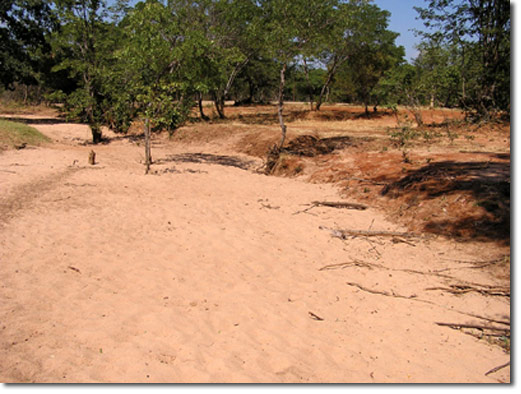
Above and below — Neighboring properties in Zimbabwe. Same climate and soils.
Same day. Different grazing management.
Above and below — Same location in dry Australia before and after applying holistic planned grazing.
Two properties at Date Creek, Arizona. Same climate and soils.
Same day. Different management.
Above and below — Neighboring livestock properties in the Sonoran Desert, Mexico.
Same climate and soils. Same day. Different management.
Plows
When it comes to the tool of ‘plows’ none has so much demonstrated its solution based potential as the Yeomans Keyline® plow. This non-soil-inversion tillage, sub-soiling implement has proven itself a powerful force for restoring healthy water cycle function and jumpstarting effective nutrient cycling, increased biodiversity, and energy flow. Like other forms of earthworks, it is most effective when used in conjunction with the entire Keyline process of whole-farm/ranch planning, including the Yeomans’ Scale of Permanence and on a pattern that responds to the shape of the land, such as Keyline Pattern Cultivation in the case of the Yeomans’ plow.
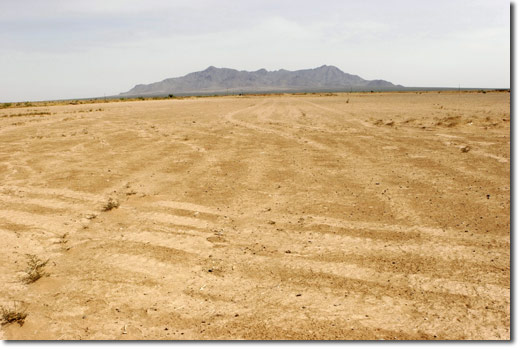
Before: Chihuahuan Desert, Southwestern New Mexico, 2007.
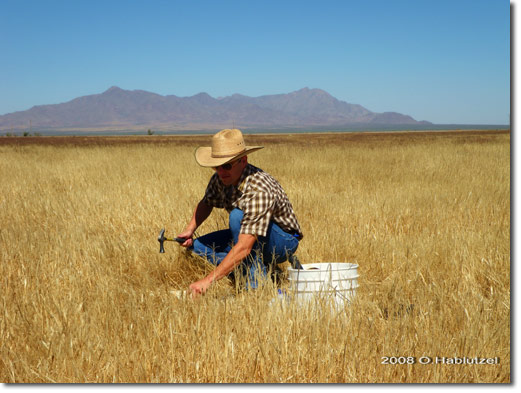
After: Author measures water infiltration rates after land responds to
Keyline plow sub-soiling on Keyline Pattern Cultivation, 2008.
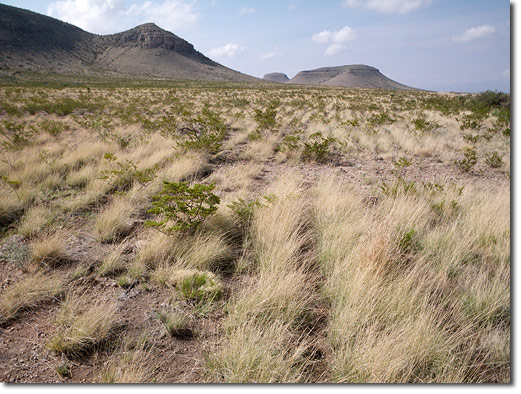
Far West Texas. Yeomans plow riplines filling with grasses, reducing bare
ground and dominance of unpalatable shrubs.
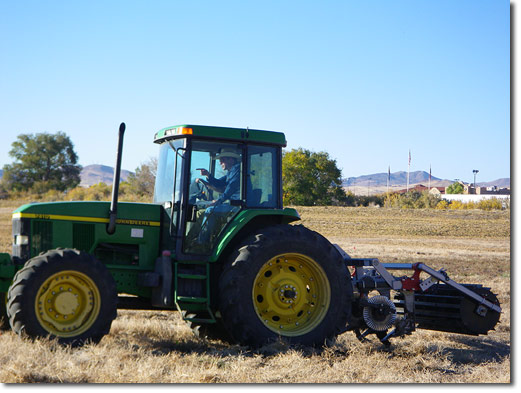
Keyline pattern cultivation in the Great Basin Desert, Nevada.
Transformation Solutions
Even further empowerment to generate improved land health outcomes and whole landscape functionality comes when integrating these tools (like using grazing and sub-soiling in tandem) and whole frameworks with each other, and with other pro-active approaches like Permaculture design. While each of these frameworks has developed its details with greater focus in some domains than others (such as grazing planning in Holistic Management, optimizing water and soil in Keyline Design, or pattern understanding in Permaculture design), when combining several approaches together your design and management can access a ‘best of both worlds’ effect. In this fashion you are bringing forth even greater possibilities, an increased flexibility, and more synergizing options than are possible when working within any single framework or discipline alone. Though no approach constitutes a ‘silver bullet,’ together we may have something like ’silver buckshot’?!
As brilliant as Aldo Leopold’s many contributions were, they have not yet become widely known and embraced enough to counter what is today’s accepted wisdom — that humans have become entangled in a world of interconnected, interacting, and increasingly dire ‘problems’ and dilemmas with no prospects and no lasting effective answers. Choosing that perspective is unlikely to open a helpful path forward. When we, like Leopold (and Yeomans, Savory, Mollison and Holmgren), instead decide to engage with the very same complex issues by using the best of our innovative nature, creative human spirits, and practical, ‘can-do’ attitudes, we open the possibility of envisioning and learning together a different and far more robust way ahead. As this way forward continues to emerge, with the help of cows, plows, synergy and ingenuity, landscapes are being transformed from degraded to rejuvenated, farms from individually failing to rising with their whole community economies, and people are being transfigured as well — from subsisting as powerless and trapped within a world of growing problems, to choosing, perceiving, enacting, and regenerating their way into a planet abundant with opportunities and teeming with solutions.
~~~~~
Owen Hablutzel is an independent regenerative agriculture consultant and educator who serves as a director of the Permaculture Research Institute, USA
~~~~~
Cows and Plows Workshops Alert!
If you are interested in discovering more about ‘cows’ and ‘plows,’ and particularly the regenerative frameworks of Holistic Management® and Keyline® Design, please join us to learn about the practical use of these approaches — and about the additional powerful tools that go with them — in several workshops and hands-on learning opportunities coming up in June and July this year. See the links below….
Montana Cows and Plows:
• June 5-6 Grazing Success and Drought Resilience in the 21st Century (an introduction to Holistic Management)
• June 7-9 Keyline® Design for Whole-Farm/Ranch Fertility
Colorado Cows and Plows:
• June 21-24 Peak Performance Grazing: Planning and Managment for Animals, Land, and Profit
• July 22-24 Keyline Design: Whole-Farm Planning for Water Abundance and Soil Fertility

